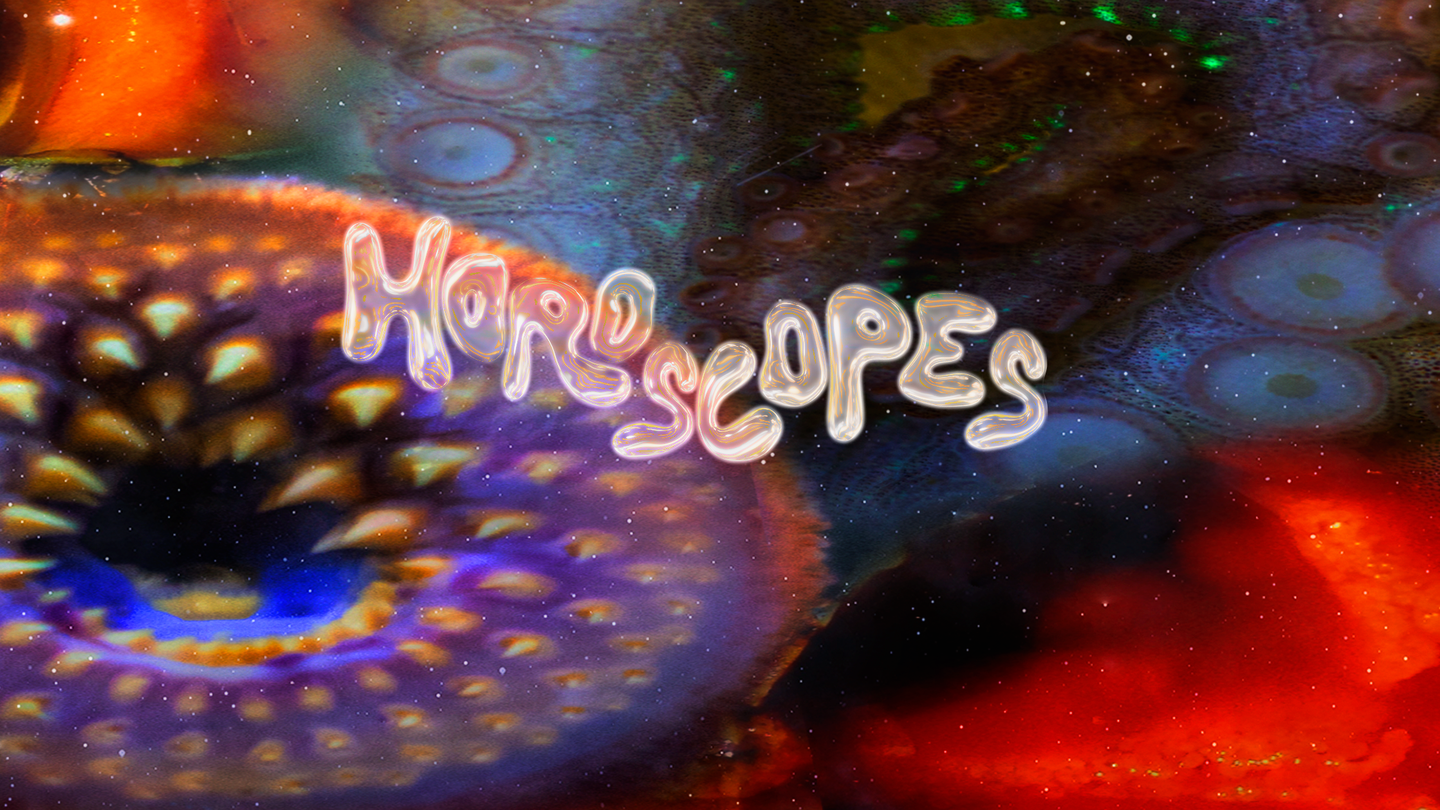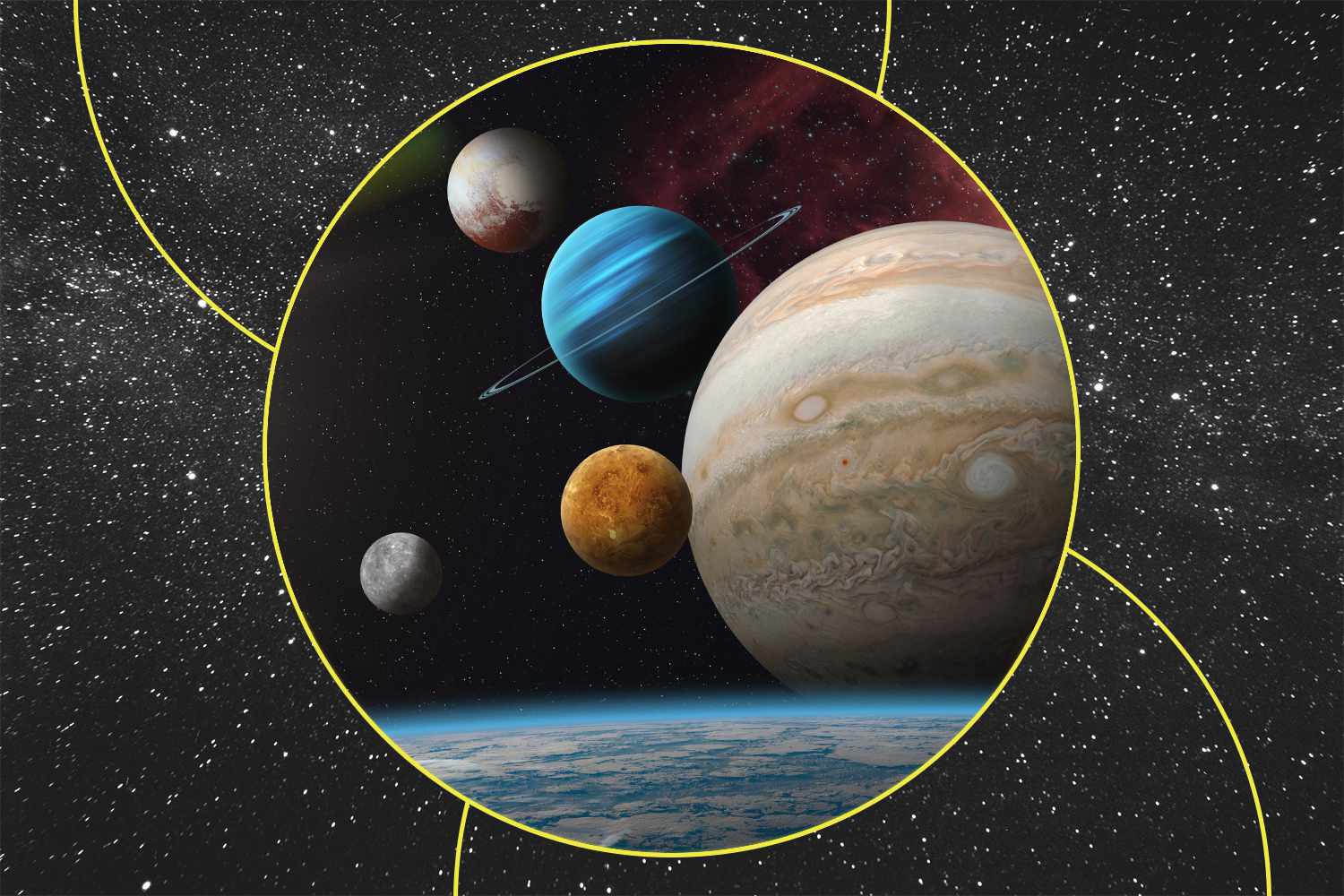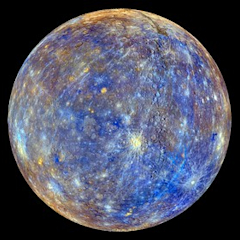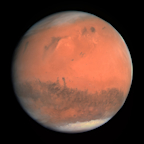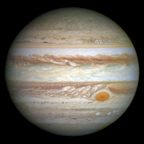Search results
News about Phoenix Mercury, mercury pollution, Charisma Osborne
News about horoscope, Madame Clairevoyant, Taurus
Also in the news
The smallest planet in our solar system and nearest to the Sun, Mercury is only slightly larger than Earth's Moon. From the surface of Mercury, the Sun would appear more than three times as large as it does when viewed from Earth, and the sunlight would be as much as seven times brighter.
Mercury is a chemical element; it has symbol Hg and atomic number 80. It is also known as quicksilver and was formerly named hydrargyrum (/ h aɪ ˈ d r ɑːr dʒ ər ə m / hy-DRAR-jər-əm) from the Greek words hydor (water) and argyros (silver).
6 days ago · Mercury is the smallest planet in our solar system. Mercury is a terrestrial planet. It is small and rocky. Mercury has a thin exosphere. Mercury’s surface can be as hot as 800 degrees F during the daytime and as cold as -300 degrees F during the nighttime.
May 15, 2022 · Mercury is the closest planet to the sun and the smallest planet in our solar system. With a diameter of about 3,032 miles (4,880 kilometers), Mercury is less than half the size of Earth, which...
Jun 9, 2023 · Mercury is the closest planet to the sun and also the smallest planet in the solar system. The small and cratered planet does not have any moons and zips around the sun faster than any other...
Oct 19, 2018 · SCIENCE. STARSTRUCK. Planet Mercury, explained. Learn more about the innermost planet in our solar system. By Victoria Jaggard. 7 min read. Named for the fleet-footed Roman messenger god,...
Facts about Mercury. Mercury does not have any moons or rings. Mercury is the smallest planet. Mercury is the closest planet to the Sun. Your weight on Mercury would be 38% of your weight on Earth. A solar day on the surface of Mercury lasts 176 Earth days. A year on Mercury takes 88 Earth days.
